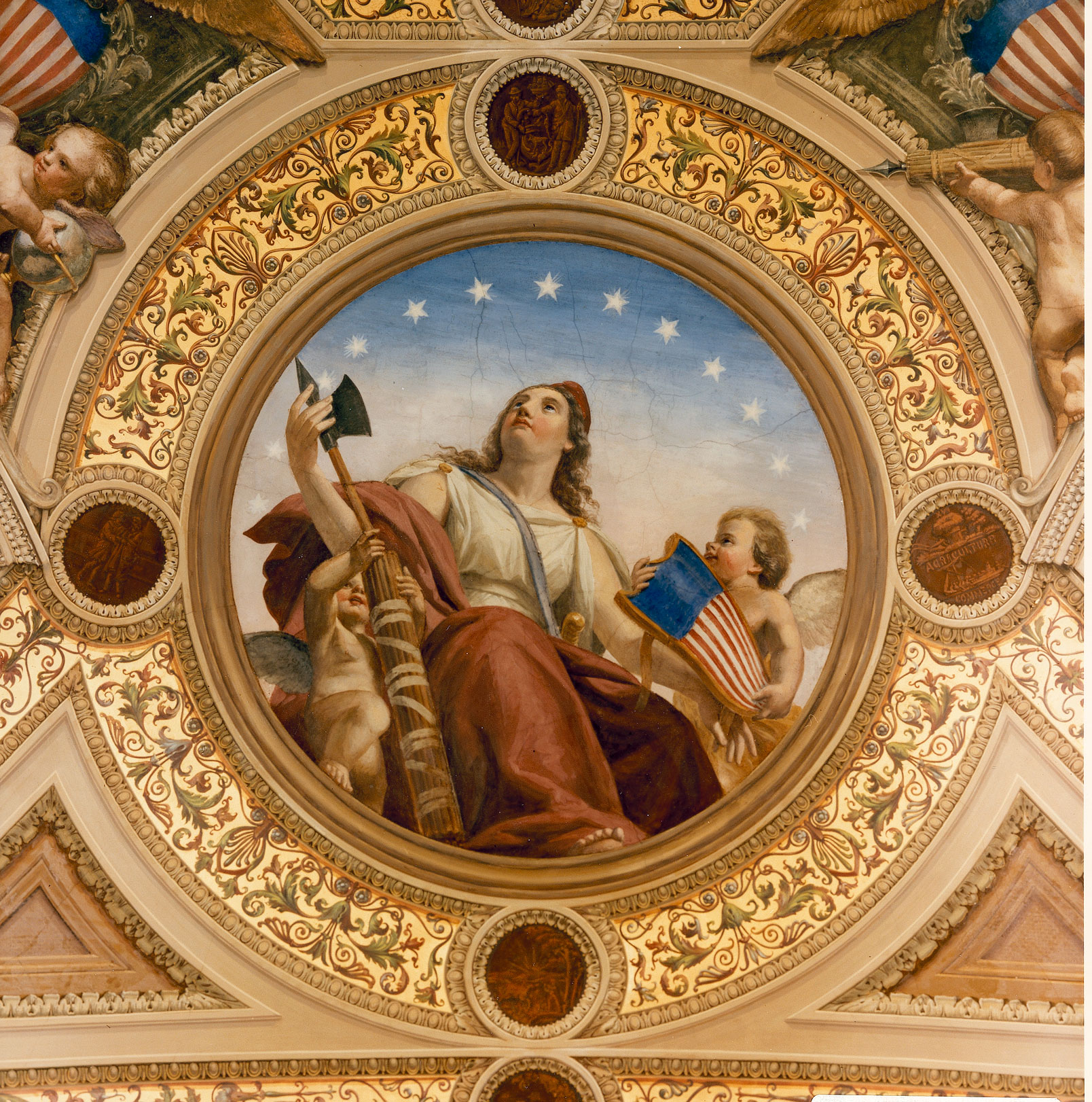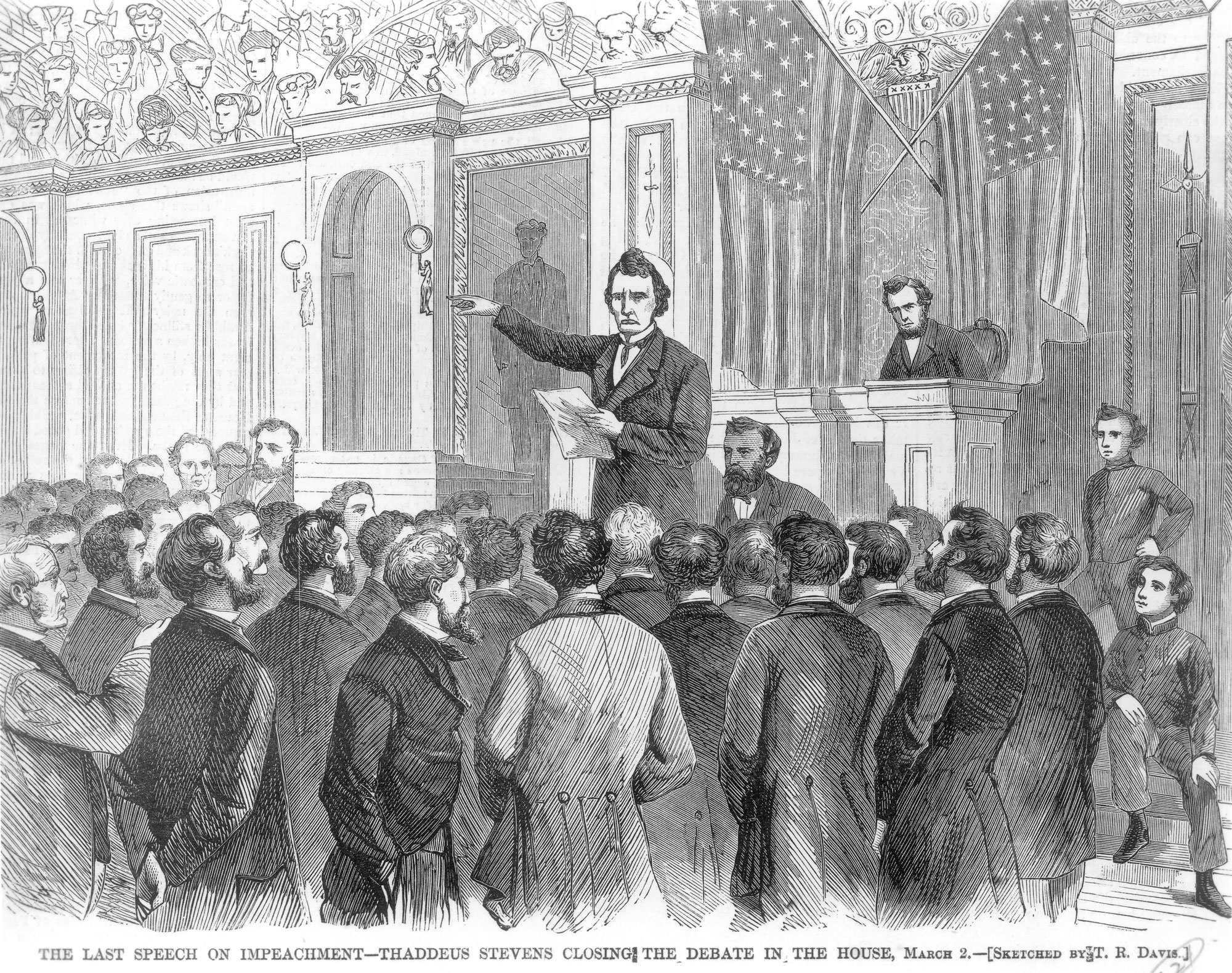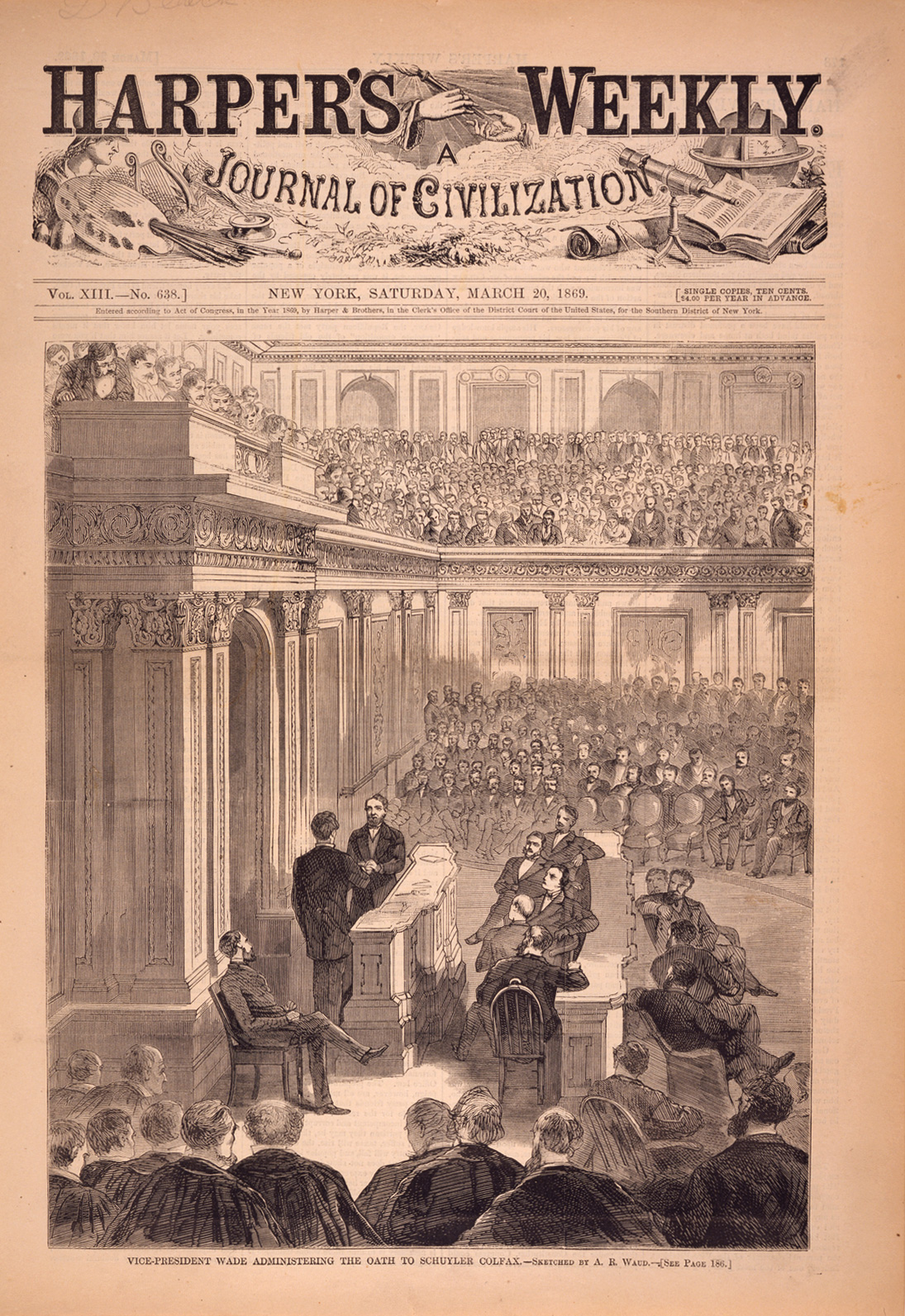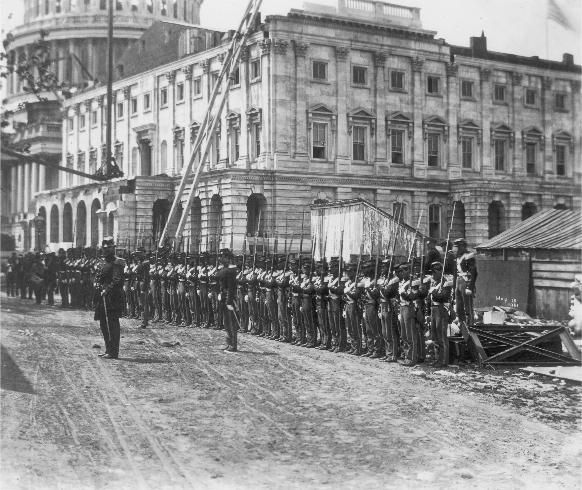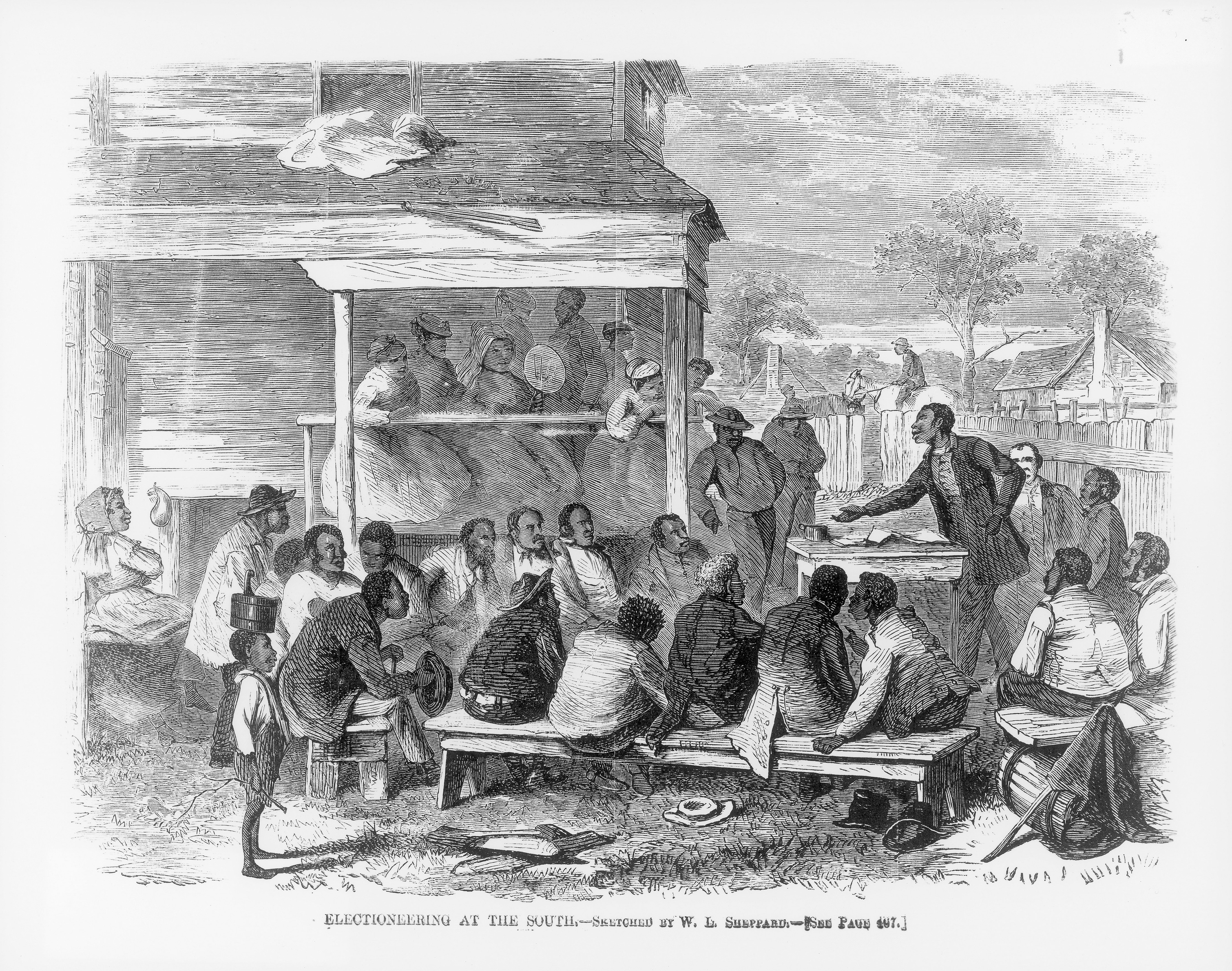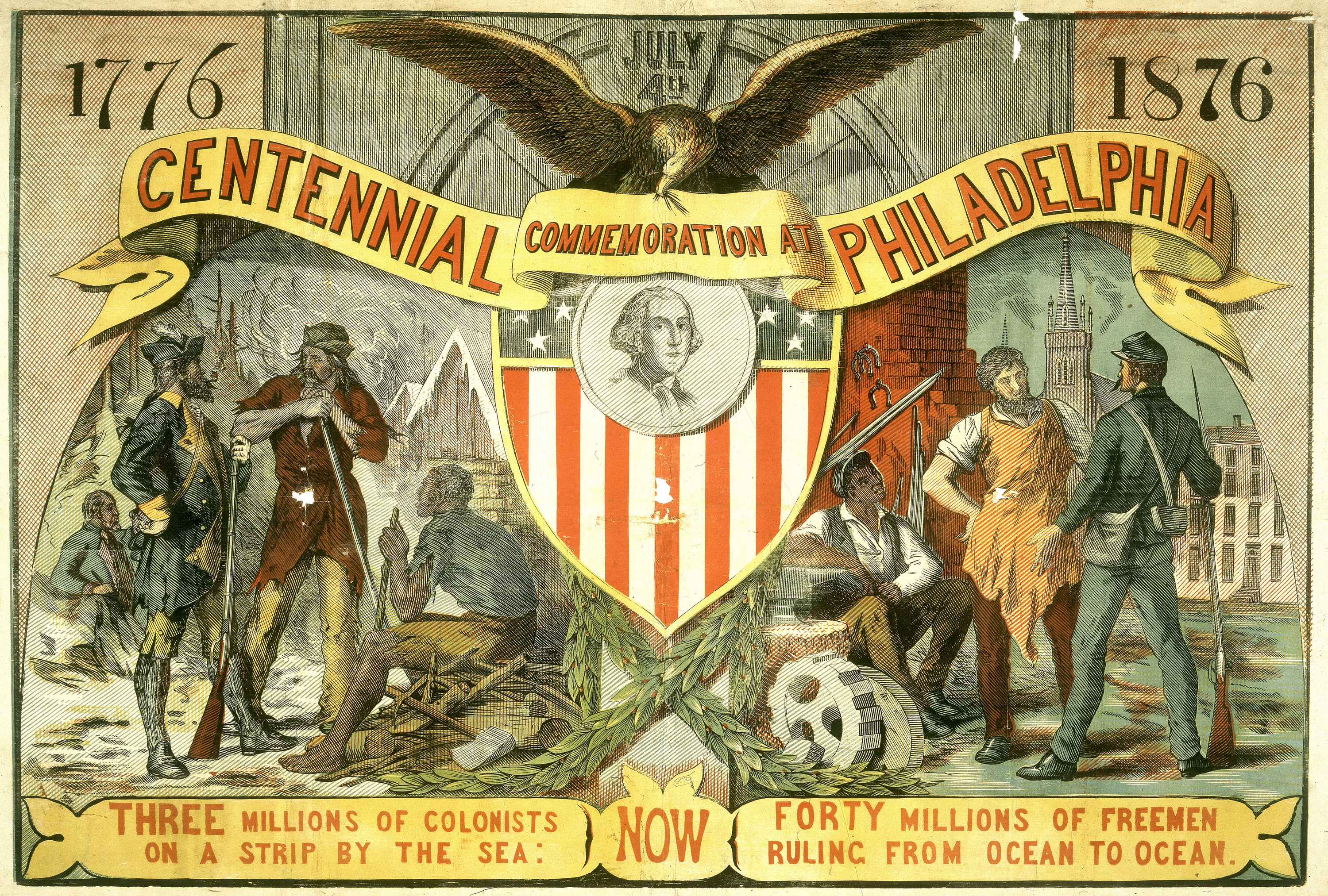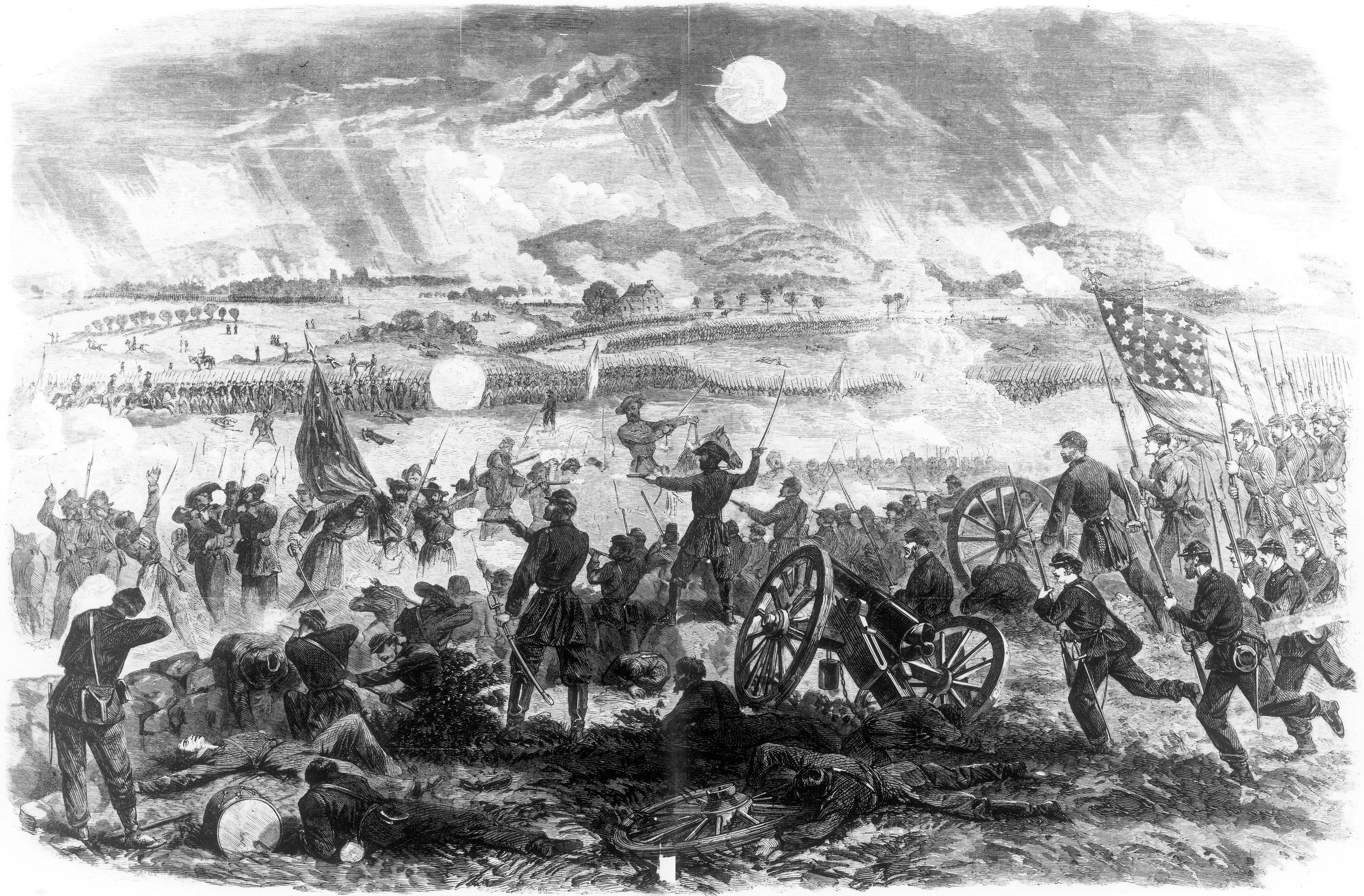Timeline 1851-1877
Unprecedented growth in the 1850s strained the fragile agreements that had kept the nation united, but had also kept it part slave, part free. The addition of each new state to the Union rattled the delicate political balance carved out by compromises in Congress. In 1854, the Kansas-Nebraska Act allowed residents of each of these new territories, rather than Congress, to decide whether to permit slavery. While intending to keep the nation together, this act inflamed sectional tensions, producing open warfare between pro- and antislavery forces in Kansas, and led directly to the Civil War.
At a cost of 600,000 lives, the war ended slavery and strengthened the federal government. As if to symbolize Washington’s growing role, the Capitol was enlarged during the war and topped with a massive new dome.
The postwar period proved tumultuous. Congress and the president clashed over how to readmit former Confederate states, a dispute climaxing in presidential impeachment. The era also saw great accomplishments. Legislators drafted constitutional amendments abolishing slavery and giving voting rights to black men, although full civil rights would not come to African-Americans for another century.


